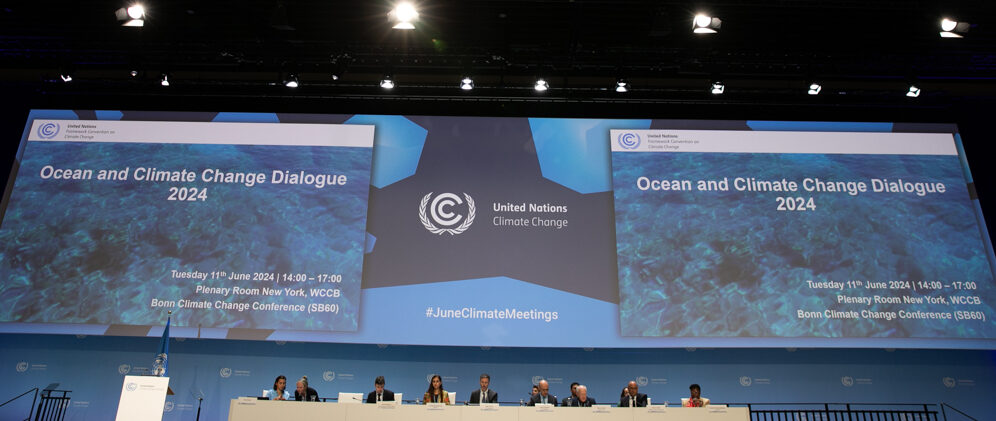Author
Carbon to Sea Initiative
Today, Carbon to Sea released a new report that provides an overview of existing investments in ocean-based carbon dioxide removal (oCDR). Specifically, the report lays out the type of new funding required to support oCDR research, development, and demonstration (RD&D) required to evaluate whether and which oCDR approaches can safely and permanently reduce atmospheric CO2 at the pace and scale needed to help us reach our climate goals.
Why fund oCDR specifically?
Leading scientific organizations like the Intergovernmental Panel on Climate Change and the National Academies of Sciences, Engineering, and Medicine have identified oCDR as an emerging climate solution that could help us reach our climate goals. In addition to removing carbon dioxide, oCDR approaches may offer the benefit of locally reducing ocean acidification, which is harmful to marine life.
At the same time, oCDR represents a major business opportunity — and there’s still a need for foundational research and responsible oversight to ensure that new technologies are safe, effective, and permanent. Across technology sectors – whether it’s medicine, renewable energy, or climate mitigation – government funding has long provided vital support for early innovation, advancement toward commercial viability, and scientific rigor.
Why should the government fund oCDR?
Given the environmental need for carbon dioxide removal (CDR), substantial capital is already flowing into CDR technologies broadly. While we hope for continued investments from the philanthropic and private sectors as oCDR approaches advance over time, this funding won’t be enough on its own.
To reach the scale and ensure the oversight needed, governments have an essential role in providing funding strategically to support advancement of safe and effective oCDR approaches. According to the National Academies, funding for oCDR RD&D needs to rise to about $301.5 million annually to deliver safe and effective CDR at scale. Our new report estimates that U.S. government spending came in at just about $61 million – this recent funding is welcome, but leaders must work to close this funding gap to determine whether and how an oCDR sector can play a meaningful role in drawing down greenhouse gasses in the atmosphere. Many oCDR technologies are still in the early demonstration stage and in the process of proving their efficacy and technological readiness and therefore require more significant federal funding, as well as clear governance from federal agencies.
How can the U.S. Congress build on current momentum in the oCDR field?
Carbon to Sea is urging the U.S. Congress to take three specific steps to accelerate oCDR RD&D:
1. Increase funding for DOE’s cross-cutting carbon dioxide removal initiative to $353 million, of which not less than $100 million should be dedicated to advancing oCDR.
2. Provide not less than $30 million to NOAA for external oCDR research, development, and demonstration grants.
3. Maintain funding for DOE’s ARPA-E program, which should allocate funds commensurate with the need for ongoing improvements in modeling and technology development for monitoring and verifying the effects and efficacy of oCDR.
For more information on our recommendations for FY25 Appropriations, please refer to our Fact Sheet.




